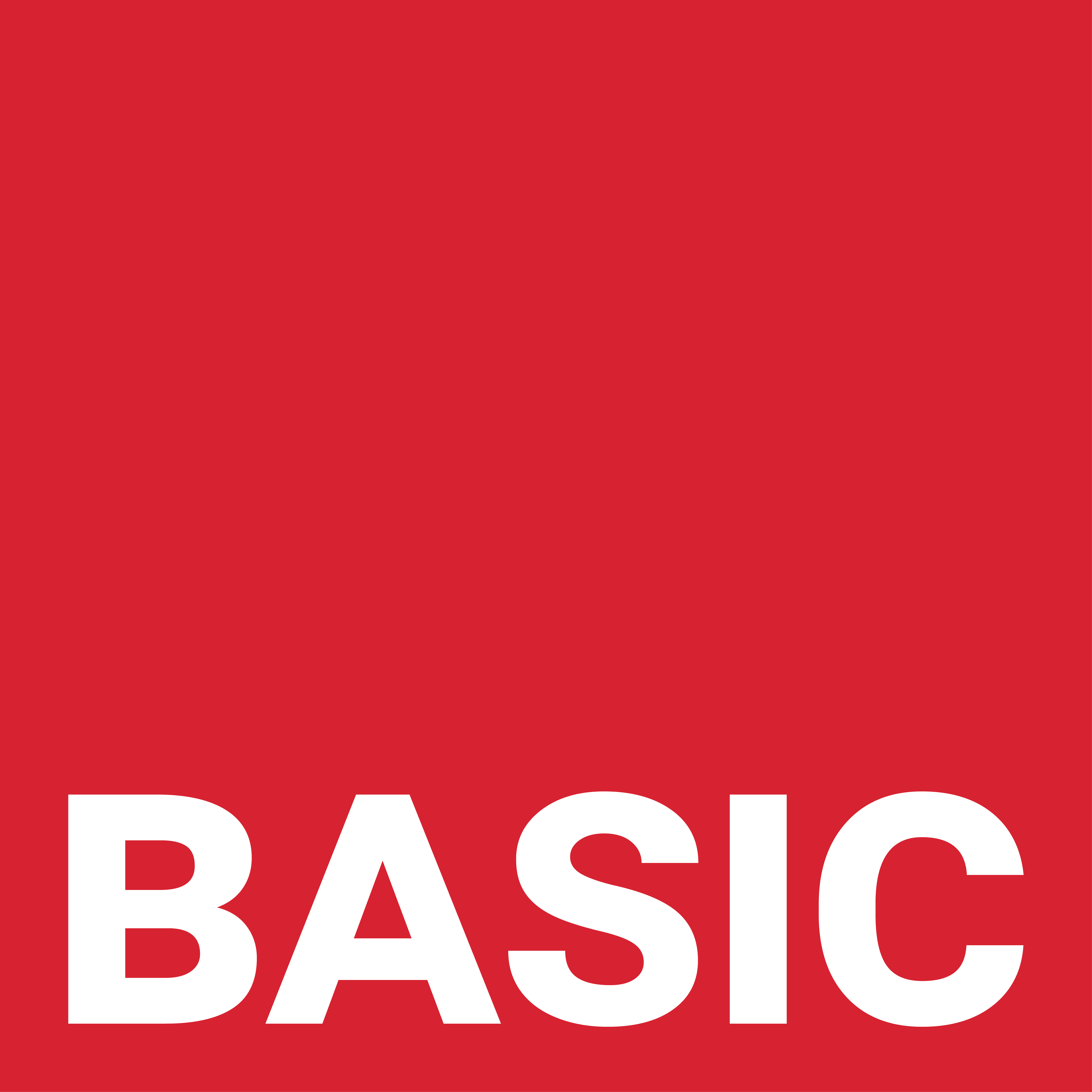The deal is at last concluded over Iran’s nuclear program, lifting many economic sanctions imposed on Iran by the United States, European Union and United Nations in return for long term curbs on the country’s nuclear program and the most extensive long-term verification and inspections regime ever accepted by a state.
Iran
Iran: It’s the Final Countdown.
Leaders of the E3+3 and Iran are working towards crafting a binding agreement aimed at increasing controls on Iran’s nuclear program that would impact upon the time it would take for Iran to create a nuclear bomb, and reducing sanctions.
A belt of nuclear weapons free zones from Mongolia to Africa!
The 2015 Review Conference of the Parties to the Treaty on the Non-Proliferation of Nuclear Weapons (NPT) of April and May failed to produce a final document. The reason was that the United States, the United Kingdom and Canada did not accept a deadline for a conference on a “Nuclear Weapons Free Zone” (NWFZ) in the Middle East that should also include other weapons of mass destruction.
Radio Sputnik interview with Paul Ingram
BASIC’s Executive Director Paul Ingram was interviewed by Radio Sputnik. Paul addressed the US relations with the Gulf Cooperation Council in light of the Iran deal.
US Must Avoid ‘Quick Fixes’ in Gulf Security
This week on May 13-14, President Obama will be meeting with the heads of state or their deputies from Gulf Cooperation Council (GCC) countries at the White House and Camp David, in meetings that could have important lasting impacts on US relations throughout the region, the prospects for regional security and for nuclear non-proliferation.
Constructive Ideas Needed to Avoid a Nuclear Middle East
The prime purpose of the NPT and its review conferences is to bring the international community together in a joint enterprise to limit the proliferation of nuclear weapons and work towards eliminating nuclear weapons in their entirety.
The Iran deal: Moving towards a day without fear of the atom
It was December 1953, eight years after the bombing of Hiroshima, when US President Eisenhower launched the Atoms for Peace campaign, designed to “hasten the day when fear of the atom will begin to disappear from the minds of people.”
A Gulf in understanding
The outline Iran nuclear deal has highlighted divisions in the region—not just between majority Shia and Sunni states but between those supporting the status quo and those challenging it.
